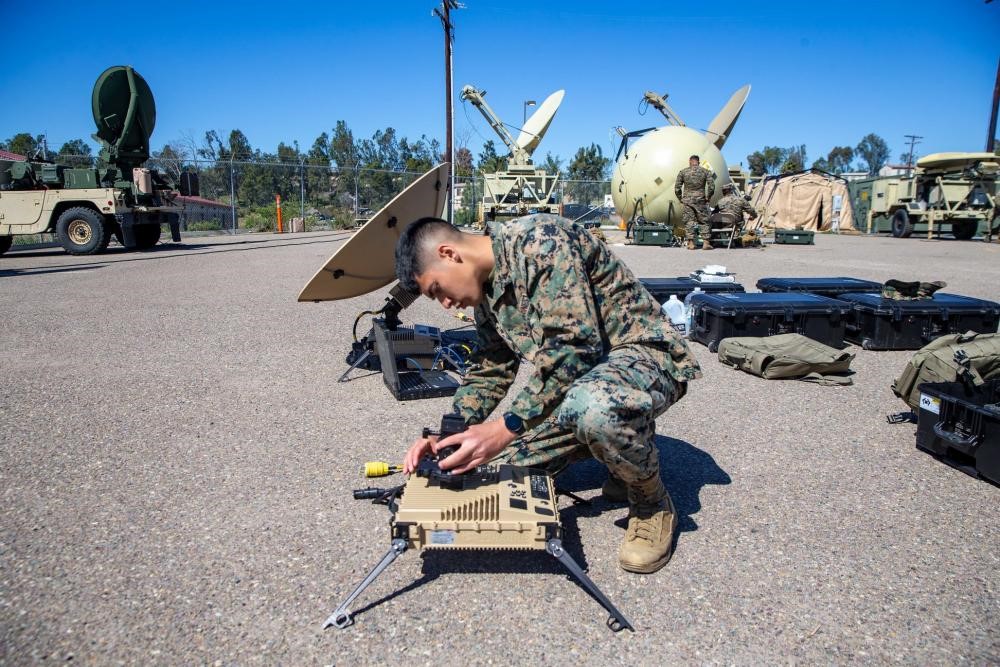WASHINGTON — The U.S. Space Force’s Commercial Satellite Communications Office unveiled projections for satellite communications contracts expected to be awarded over the next 12 months. The combined opportunities are potentially worth nearly $1.7 billion.
In a forecast to industry, the office known as CSCO identifies 10 upcoming contract opportunities, which it warns are subject to change.
The largest potential deal — worth nearly $900 million over seven years — is for secure satellite communications services for U.S. government aircraft that transport the nation’s highest-ranking officials and military leaders. This includes the President, Vice President, Secretary of Defense, Secretary of State, and Chairman of the Joint Chiefs of Staff, as well as the heads of the military’s combatant commands and other senior leaders.
This contract is for global satcom connectivity and services necessary for senior officials to maintain communications capabilities during travel and operations around the world.
Marine Corps enterprise satcom
Another massive procurement on the horizon is a potential $495 million to $505 million contract over seven years for the program known as U.S. Marine Corps Enterprise Commercial Satellite Services. The Marines seek satellite bandwidth across all commercially available frequency bands, providing global coverage in five regions. It would also furnish worldwide Internet Protocol reach-back service, including commercial teleports and terrestrial connectivity to the Marine Corps Enterprise Network.
Beyond those two large contracts, the Space Force forecasts other notable satcom buys, including a $58 million to $68 million deal for U.S. Central Command network architecture and contingency requirements, as well as a $45 million to $55 million contract for National Guard Bureau C4I satellite services.
Sandra Erwin writes about military space programs, policy, technology and the industry that supports this sector. She has covered the military, the Pentagon, Congress and the defense industry for nearly two decades as editor of NDIA’s National Defense…
More by Sandra Erwin
